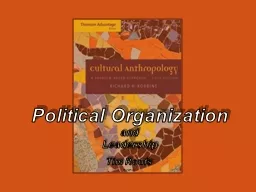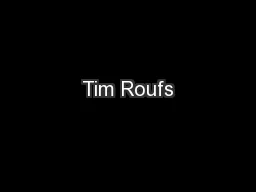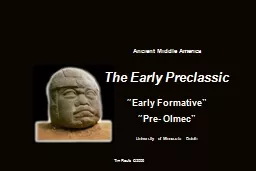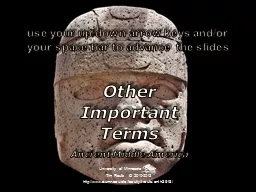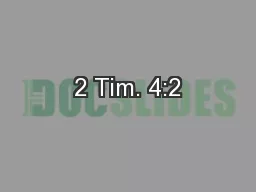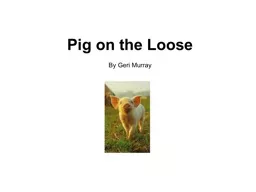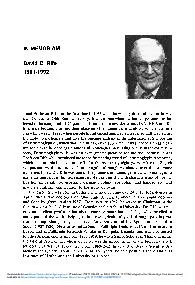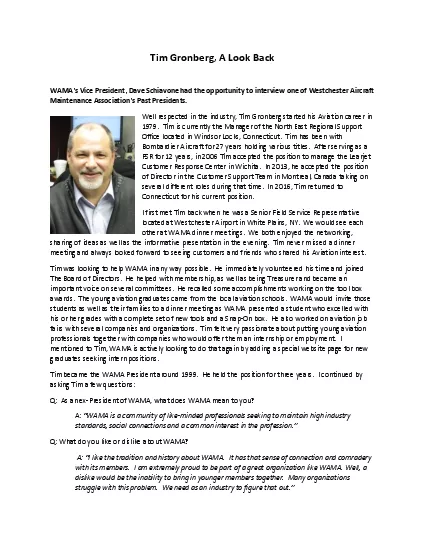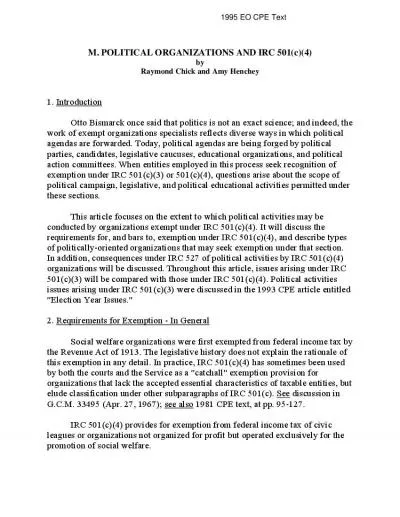PPT-Tim Roufs © 2010 Political Organization
Author : calandra-battersby | Published Date : 2020-04-08
and L eadership VB Modern Microcultures VA Modern Folk Societies IIII States III Chiefdoms II Tribes I Bands Political Organization and Leadership VB Modern Microcultures
Presentation Embed Code
Download Presentation
Download Presentation The PPT/PDF document " Tim Roufs © 2010 Political Organizatio..." is the property of its rightful owner. Permission is granted to download and print the materials on this website for personal, non-commercial use only, and to display it on your personal computer provided you do not modify the materials and that you retain all copyright notices contained in the materials. By downloading content from our website, you accept the terms of this agreement.
Tim Roufs © 2010 Political Organization: Transcript
Download Rules Of Document
" Tim Roufs © 2010 Political Organization"The content belongs to its owner. You may download and print it for personal use, without modification, and keep all copyright notices. By downloading, you agree to these terms.
Related Documents

